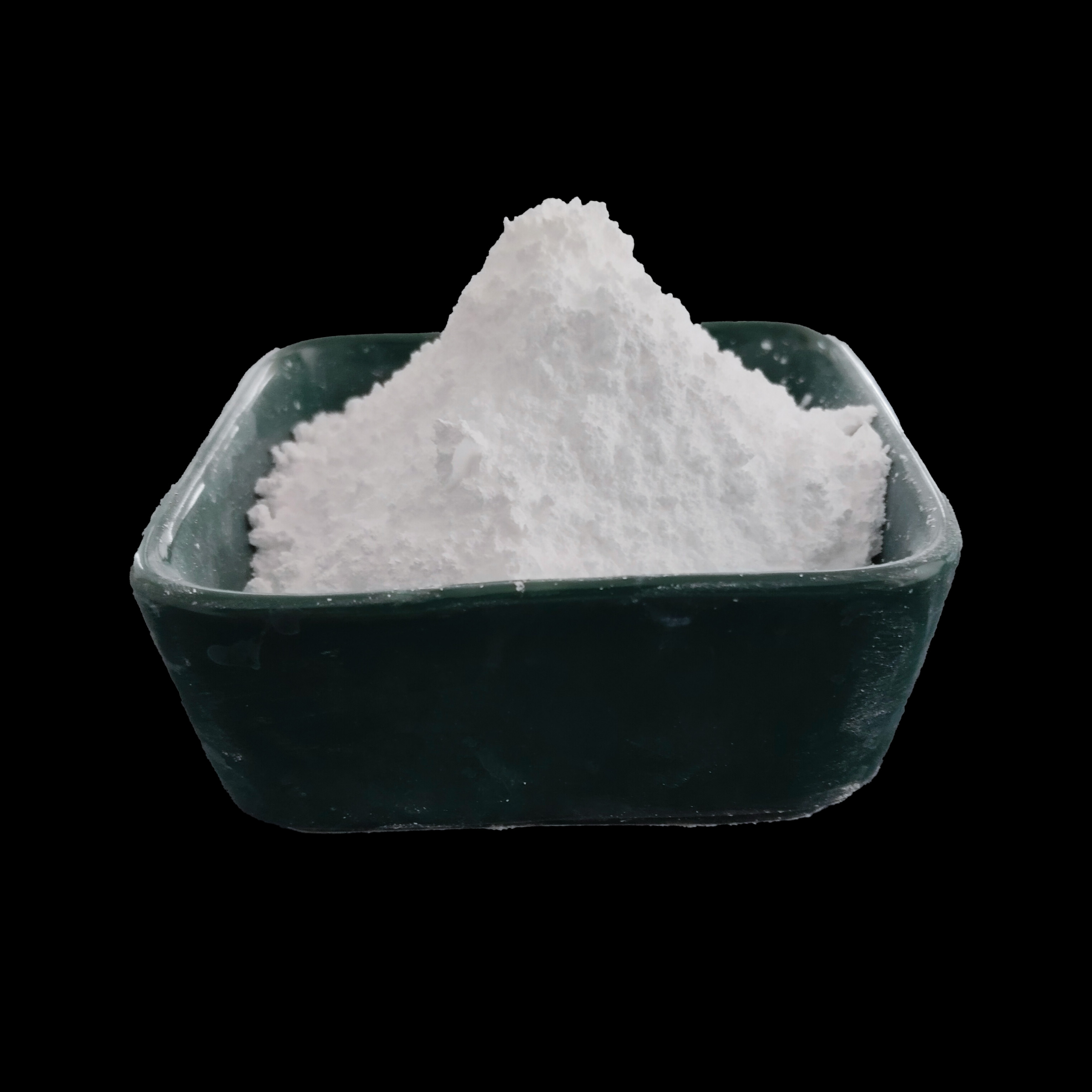Zinc Oxide

Product Description
This product is a bright white to off‑white ZnO powder with uniform particle size and excellent dispersibility, synthesized via the French (indirect) process for superior purity and consistency.
Specifications
Typical specifications for our zinc oxide product are shown below .
| Parameter | Typical Value | Unit |
|---|---|---|
| Purity | ≥ 99.7 % | wt % |
| CAS Number | 1314‑13‑2 | — |
| Molecular Weight | 81.39 | g/mol |
| Average Particle Size | 10 – 40 | nm |
| Specific Surface Area (BET) | ≥ 70 | m²/g |
| Bulk Density | 0.6 – 0.7 | g/cm³ |
| Loss on Ignition (800 °C, 2 h) | ≤ 5 % | wt % |
| Moisture Content | ≤ 2 % | wt % |
| Residue on 325 mesh | ≤ 0.10 | wt % |
| Melting Point | 1,975 | °C |
Features
Broad‑spectrum UV protection: Efficiently absorbs UVA/UVB, ideal for sunscreens and UV‑resistant coatings.
Wide band‑gap semiconductor: Direct band‑gap ~3.3 eV with high exciton binding energy, suited for LEDs, sensors, and thin‑film transistors.
High thermal and chemical stability: Remains stable under high temperatures and aggressive chemical environments.
Excellent dispersibility: Uniformly disperses in rubber, plastics, paints, and other matrices.
Advantages
Ultra‑high purity (≥ 99.7 %): Meets or exceeds USP, BP, Ph. Eur. specifications for pharmaceutical and food‑grade applications.
Proven production: French (indirect) process yields consistent quality with minimal batch variation.
Multifunctional: Provides UV protection, catalysis, antimicrobial activity, and reinforcement, reducing the need for multiple additives.
Environmentally safe: Free of heavy‑metal contaminants and dioxin‑forming byproducts.
Applications
Cosmetics & Personal Care: Mineral sunscreens, ointments, skincare formulations .
Rubber & Plastics: Activator/filler in vulcanization, improves mechanical strength and aging resistance .
Coatings & Paints: Corrosion‑resistant primers, UV‑protective topcoats, architectural paints .
Electronics & Optoelectronics: Gas sensors, photodetectors, LEDs, thin‑film transistors .
Catalysis & Ceramics: Photocatalytic wastewater treatment, ceramic glazes, and catalysts.
Pharmaceuticals & Food: Pharmaceutical excipients, nutritional zinc supplement, anti‑irritant in medical creams.
Production Technology
Zinc oxide is primarily produced by the French (indirect) process: molten zinc vapor is oxidized in a combustion furnace at ~1,100 °C, forming ZnO particulates that are collected, milled, and classified to meet spec. The direct (American) process—carbon reduction of zinc ore followed by re‑oxidation—is also available. Nano‑grades can be made via sol–gel, co‑precipitation, or hydrothermal routes to achieve 10–50 nm particles.
Theory
ZnO is a II–VI semiconductor with a wurtzite crystal structure and a direct band gap of ~3.3 eV, giving it strong UV absorption and photoluminescence. Surface oxygen vacancies generate reactive ·OH and ·O₂⁻ species, enabling photocatalytic degradation of organic pollutants.
Services
Technical Support: Formulation guidance, dispersant selection, process trials.
Customization: Tailor particle size, surface treatments, and functionalization.
Quality Assurance: MSDS, ISO 9001, GMP, FDA documentation available.
Logistics: Global warehousing, rapid sample dispatch, scalable bulk shipments.
Packaging & Storage
Packaged in polyethylene‑lined woven bags (25 kg net), with options for fiber drums or FIBC sacks for enhanced moisture protection . Store in a cool, dry, well‑ventilated area away from direct sunlight, heat sources, and reducing agents.
Precautions
Avoid inhalation of dust and fumes; use local exhaust or respiratory protection as needed (OSHA PEL: 5 mg/m³ fume, 15 mg/m³ total dust) . Wear goggles and gloves; in case of skin or eye contact, flush with plenty of water. Keep away from ignition sources and prevent static buildup